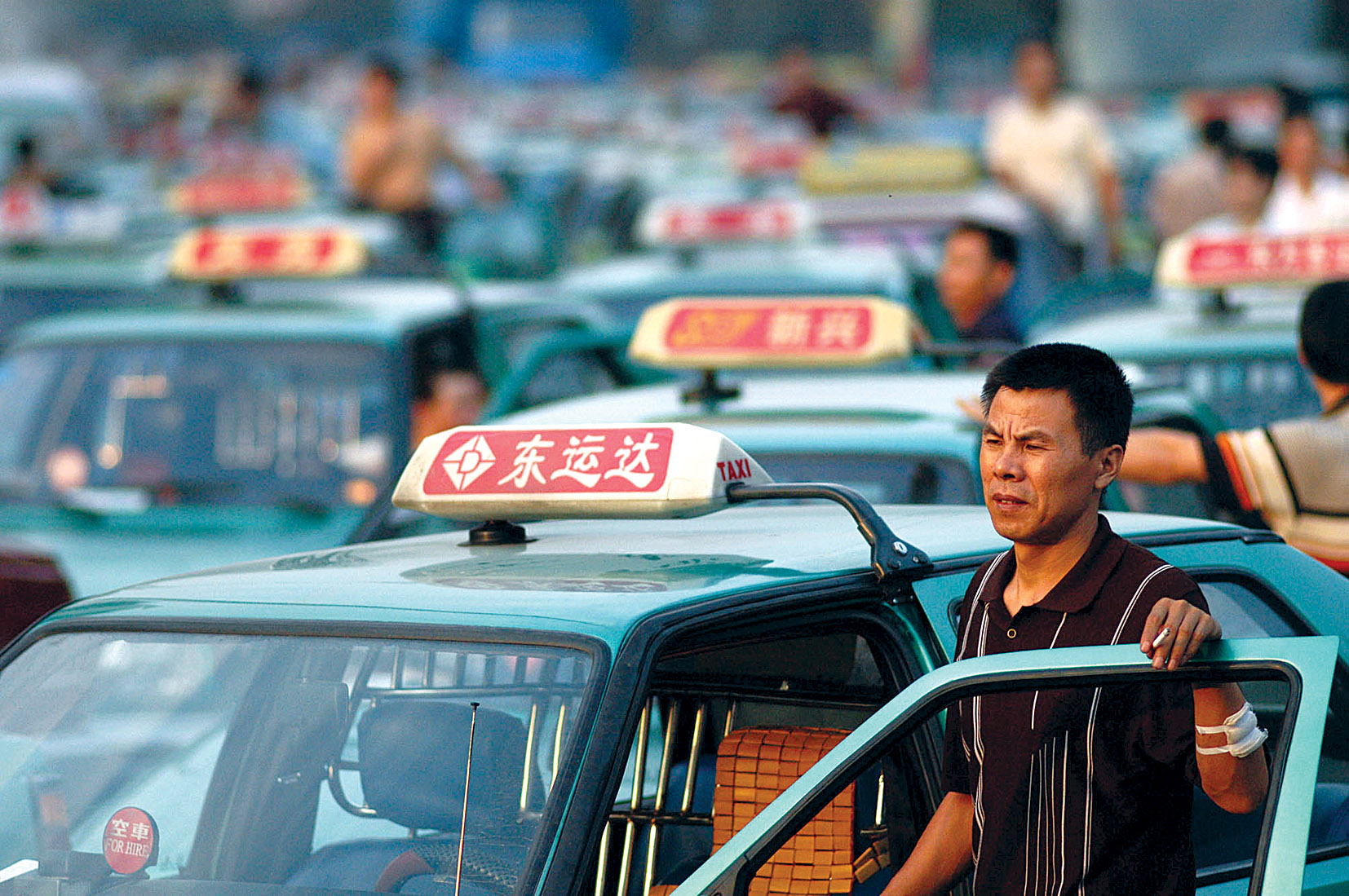Mobile Hailing Technology and Taxi Driving Behaviors
October 03 2019

Published: Marketing Science 38(5)
Abstract
This paper investigates the impact of mobile hailing technology on taxi driving behaviors. A disputable feature of mobile hailing applications in China is the disclosure of not only pick-up locations but also drop-off destinations before drivers accept the offer. It provides taxi drivers two different mechanisms to improve their hourly earnings: reducing cruising time and selecting more profitable trips. We examine 3.6-terabyte minute-by-minute geo-location data of 2,106 single-shift drivers in Beijing. A modified change-point model is proposed to infer the adoption decisions and estimate the changes in driving behaviors. We show that mobile hailing technology adoption is associated with an average increase of 6.8% in hourly earnings, equivalent to an extra CNY 750 monthly income. A typical taxi driver improves the hourly earnings dominantly through trip selection in favor of longer trips rather than via cruising time reduction. We find that the relative importance of cruising time reduction and trip selection depends on driver skills and market conditions. We do not find market expansions on the number of trips nor working hours but rather a redistribution of realized trips towards long distances.
Keywords: Mobile Hailing Apps, Productivity, Productivity Disparity, Technology Adoption
[Download Article]